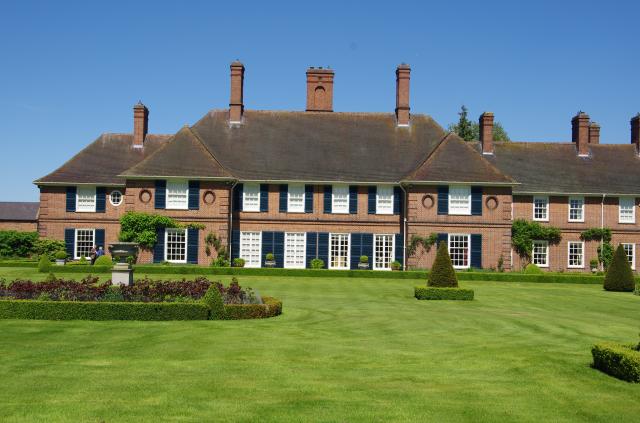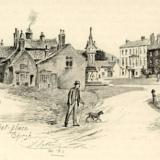Report on visit to Thirsk
Monday, 27th May 2013
Saturday's trip to Thirsk took in some contrasting properties. The trip also benefited from warm weather and a near cloudless sky. In the morning we were shown around Walter Brierley's Sion Hill by the resident custodian. The property is immaculately decorated and furnished and displays a collection of Georgian and revival furniture and retains the atmosphere of an Edwardian country house. The formal gardens have been restored since 1999. In the afternoon we were given a given a guided tour of Thirsk � during which �James Herriot� was barely mentioned. The Parish Church proved to be an impressive example of fifteenth century gothic. We were shown the site of the holy well which had once existed beside the church, and the two greens at the centre of Old Thirsk. Mr Bell showed us around his family home, Thirsk Hall, which was enlarged by John Carr in the 1770s. The Hall has been subject to alterations and restorations over the years and currently contains the owner's collection of contemporary art.
See even more images on our Facebook page: http://tinyurl.com/q5tcy2l
Sion Hill, North Yorkshire
Sion Hill Hall is a century old this year. Designed by Walter Brierley, often called �the Lutyens of the North�, it evokes the style of the early eighteenth century. The house contains antiques collected by Mr. Herbert W. Mawer in the 1930s and by the present owner. http://www.sionhillhall.co.uk/ (read more...)
Thirsk Hall, North Yorkshire
Thirsk Hall was first built in 1720 before being substantially extended by John Carr in 1770. The interior contains numerous fine ceilings and fireplaces from the mid eighteenth century. (read more...)
Thirsk, North Yorkshire
The town of Thirsk is recorded in the DOOMSDAY BOOK as �Tresche�. There are numerous Georgian buildings surrounding the Market Place. James Herriot had his veterinary practise in the town from 1940; the original premises are now a visitors centre. The parish church, St Mary�s, was built in the fifteenth century and is a fine example of the Perpendicular ... (read more...)




